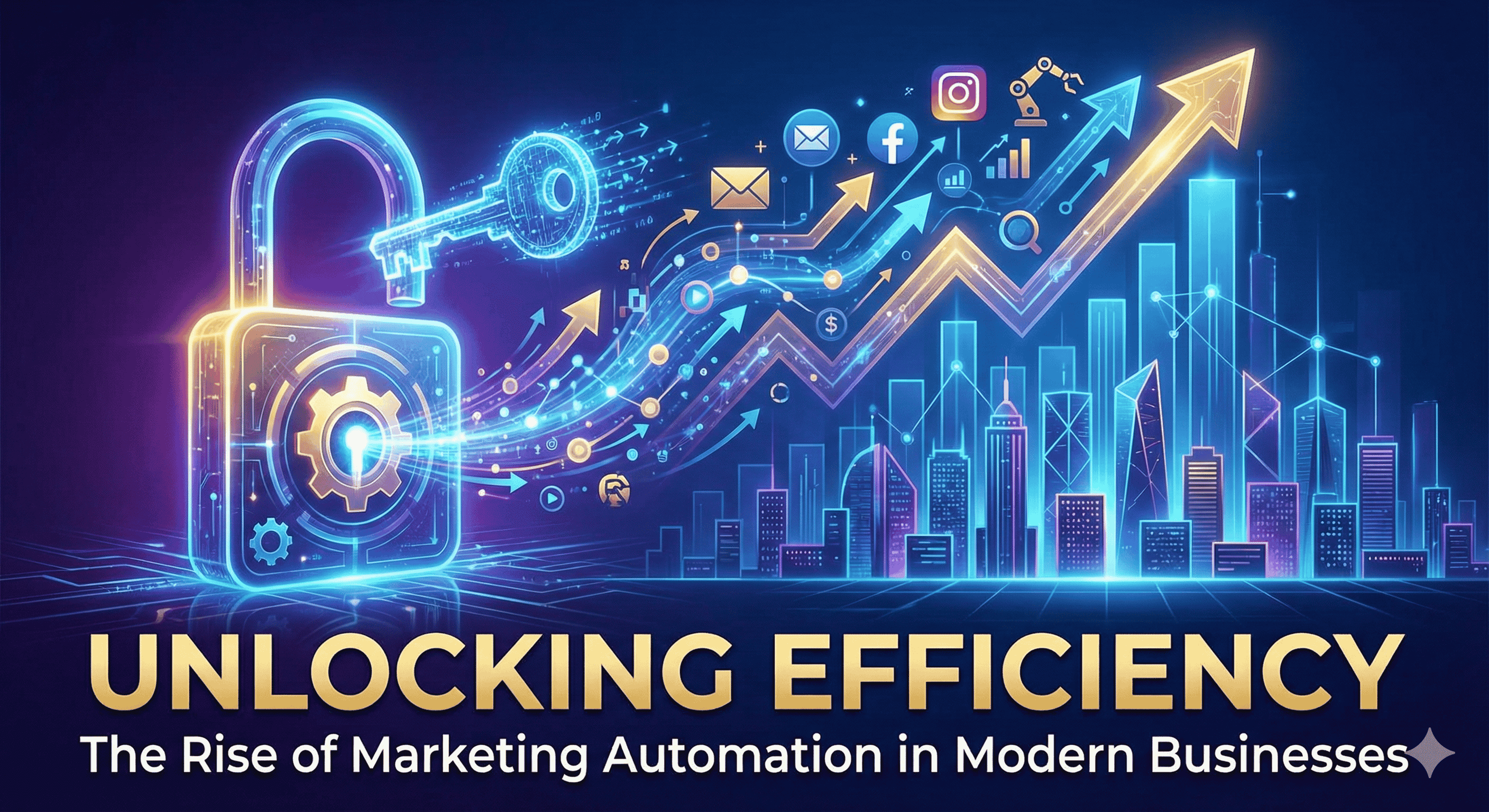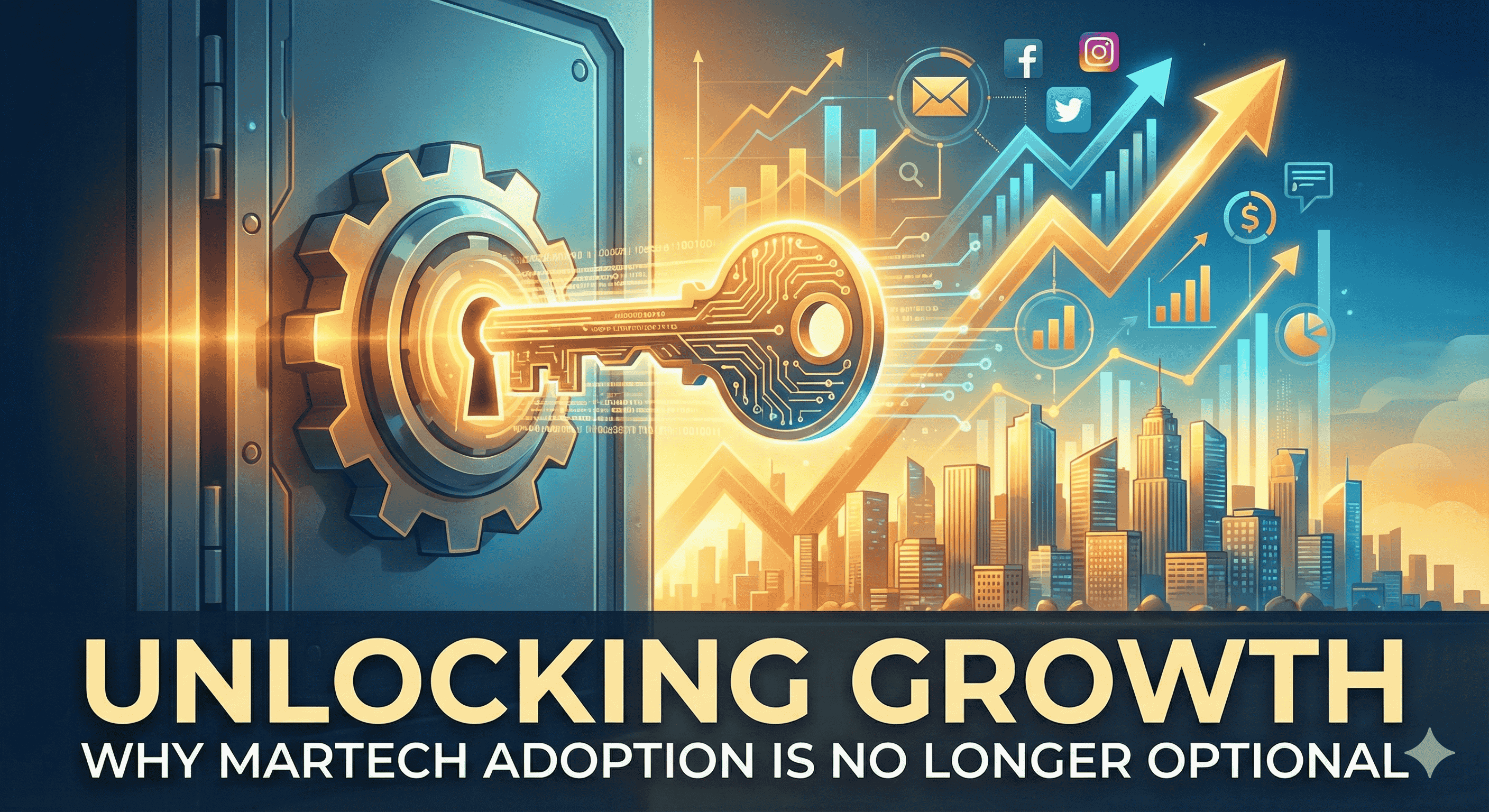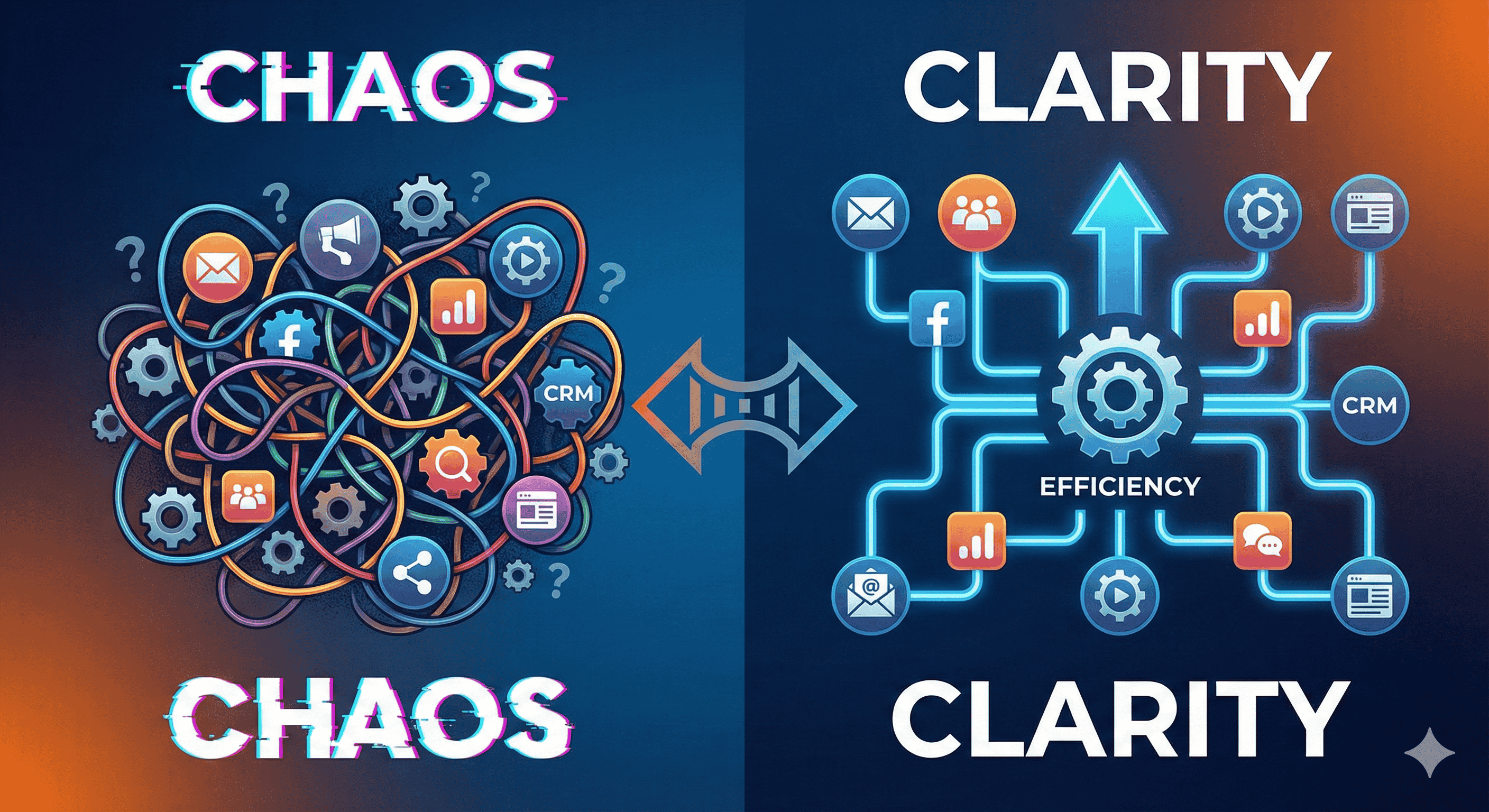As the digital landscape evolves, businesses increasingly rely on Marketing Technology (Martech) to streamline operations, enhance customer experiences, and drive growth. However, implementing these technologies can be fraught with challenges. Understanding common pitfalls can help organizations navigate the Martech maze effectively. Here’s a look at these pitfalls and strategies for avoiding them.
1. Lack of Clear Objectives
The Pitfall:
Many organizations dive into Martech implementation without defining specific goals. Without clear objectives, it becomes challenging to measure success and align the technology with business outcomes.
The Solution:
Establish SMART (Specific, Measurable, Achievable, Relevant, Time-bound) goals before implementation. Involve stakeholders from various departments to ensure that the chosen technology aligns with overarching business objectives.
2. Insufficient User Training
The Pitfall:
A powerful Martech tool is only as effective as its users. Many companies underestimate the importance of comprehensive training, leading to underutilization of the platform.
The Solution:
Invest in ongoing training and support. Provide resources, workshops, and access to user communities to help users become proficient. Encourage a culture of continuous learning to adapt to new features as they are released.
3. Data Silos
The Pitfall:
Data silos occur when departments use different platforms, leading to fragmented data that hampers insights and decision-making. This lack of integration can hinder a unified customer experience.
The Solution:
Implement an integrated Martech stack that facilitates data sharing across departments. Use middleware solutions or APIs to connect disparate systems, ensuring that all team members have access to holistic, real-time data insights.
4. Neglecting Customer Journey Mapping
The Pitfall:
Without a clear understanding of the customer journey, it’s easy to misallocate resources or employ strategies that do not resonate with the target audience.
The Solution:
Conduct thorough customer journey mapping before implementing new technologies. Identify touchpoints and key interactions to ensure that the deployed solutions enhance the customer experience throughout their journey.
5. Ignoring Scalability
The Pitfall:
Investing in technology that meets current needs but doesn’t scale can lead to increased costs and disruption as the organization grows or changes.
The Solution:
Choose flexible solutions that can adapt as your business evolves. Evaluate vendors based on their scalability and integration capabilities, ensuring that the platform can grow with your organization.
6. Underestimating Technical Debt
The Pitfall:
In the rush to implement new technologies, organizations often neglect the technical debt of legacy systems, which may not integrate well with new solutions.
The Solution:
Conduct a thorough assessment of existing systems and their capabilities before new implementations. Consider investing in modernization or replacing outdated systems to reduce technical debt and improve overall efficiency.
7. Poor Vendor Management
The Pitfall:
Many companies fail to establish a strong relationship with vendors, impacting support, updates, and effective troubleshooting.
The Solution:
Communicate regularly with vendors and establish clear expectations. Set up a dedicated team to manage vendor relationships, ensuring swift resolution of issues and better alignment with your organization’s goals.
8. Failure to Measure and Optimize
The Pitfall:
After implementation, many organizations neglect to track performance metrics, missing opportunities for optimization and improvement.
The Solution:
Regularly review key performance indicators (KPIs) to assess the effectiveness of your Martech strategies. Use analytics tools to gather data, and be ready to pivot when performance does not meet expectations.
Conclusion
Navigating the Martech maze requires careful planning and execution. By avoiding common pitfalls such as vague objectives, insufficient training, data silos, and more, organizations can maximize the benefits of their Martech investments. The key lies in a strategic approach, ensuring that technology aligns with business goals, enhances customer experiences, and fuels sustainable growth. With the right strategies in place, organizations can turn the Martech maze into a streamlined path toward success.








